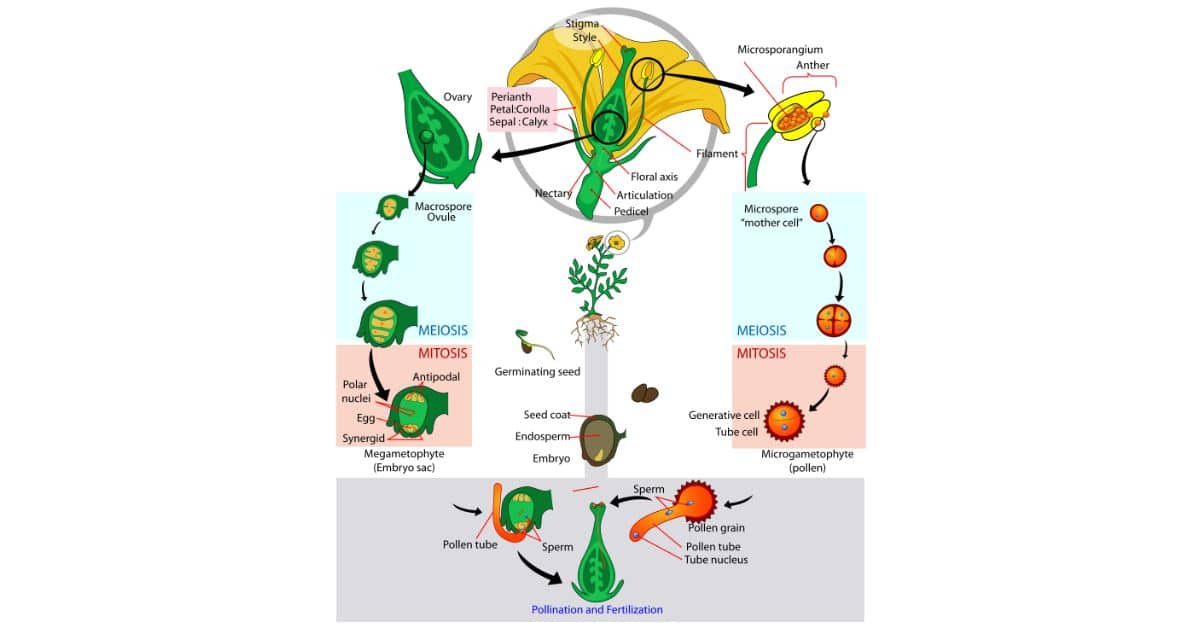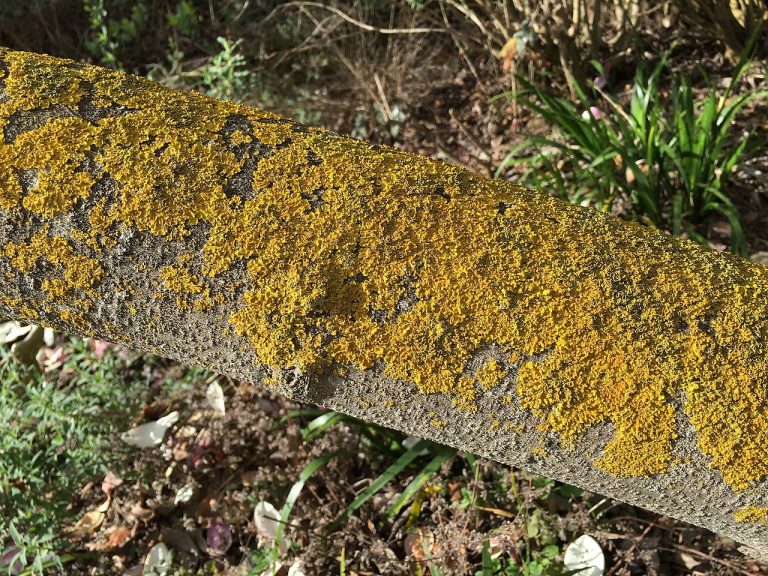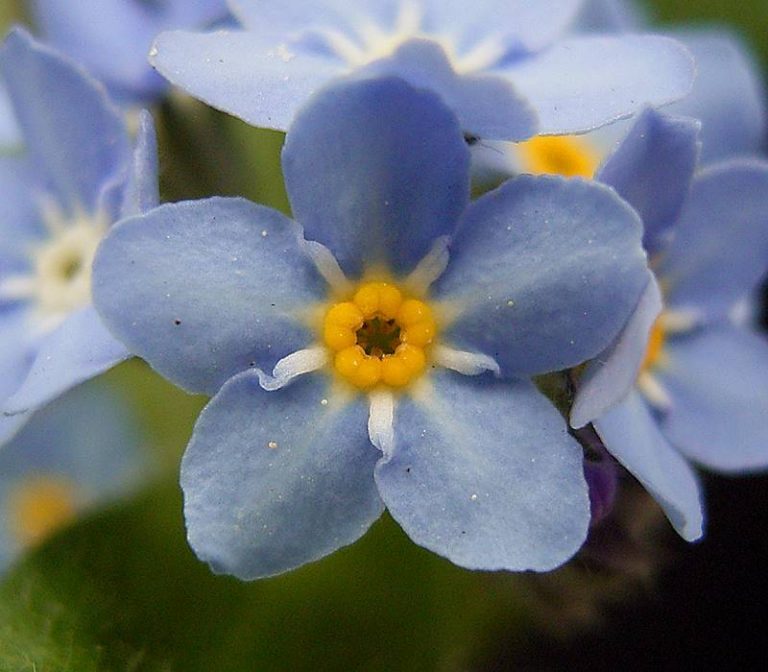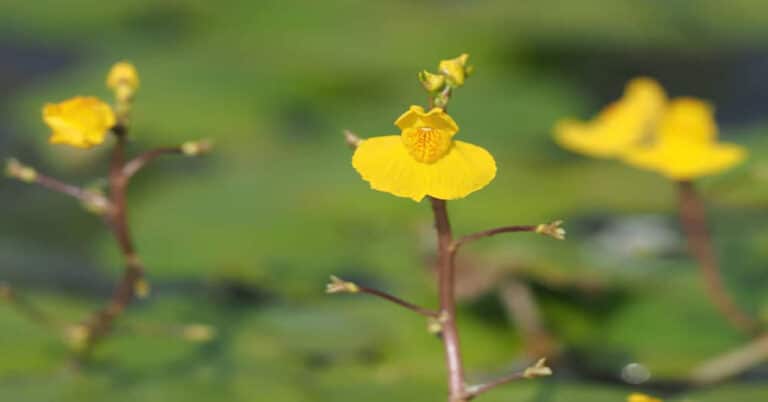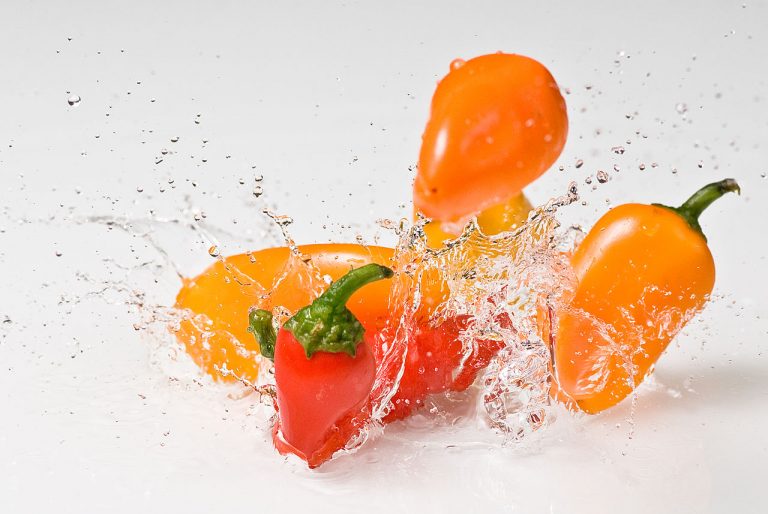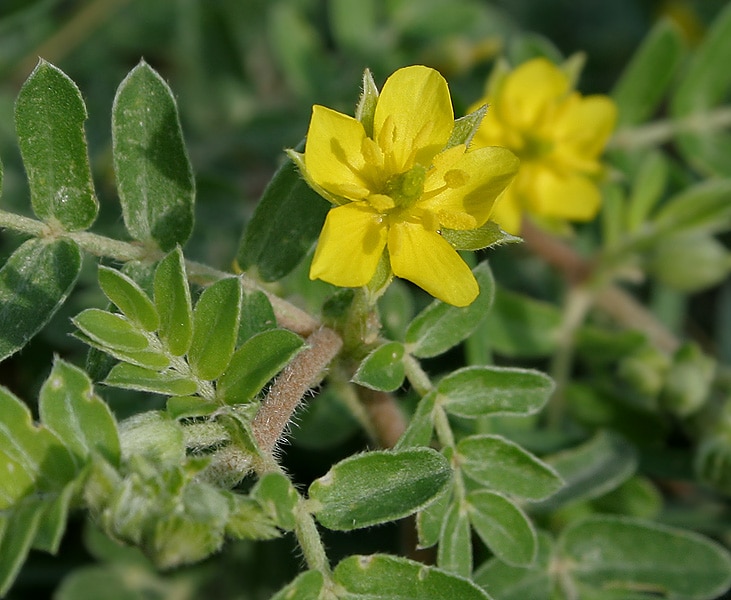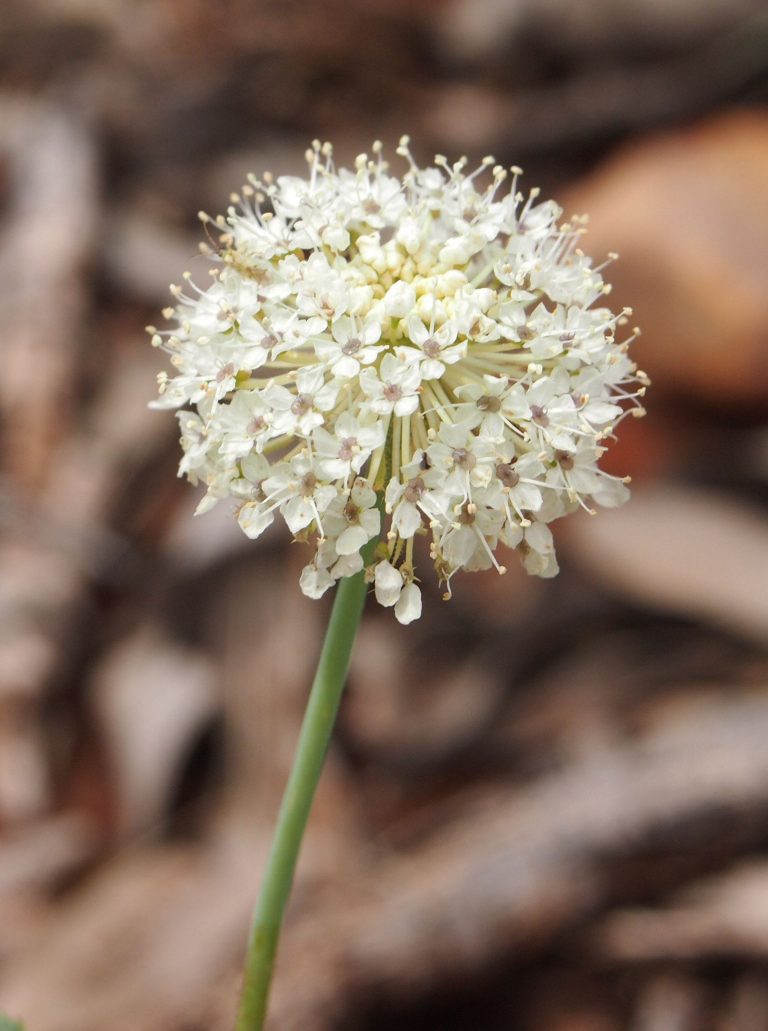Angiosperm Life Cycle – Uncovering the Fascinating Plant
Angiosperms, or flowering plants, make up the vast majority of plant species on Earth. They are incredibly diverse, ranging from tiny, delicate wildflowers to towering trees that dominate entire ecosystems. But have you ever wondered about the fascinating life cycle of these ubiquitous plants?
In this article, we will take a closer look at the intricacies of the angiosperm life cycle. We will explore the various stages of their development and the remarkable adaptations that have allowed them to thrive in a wide range of environments.
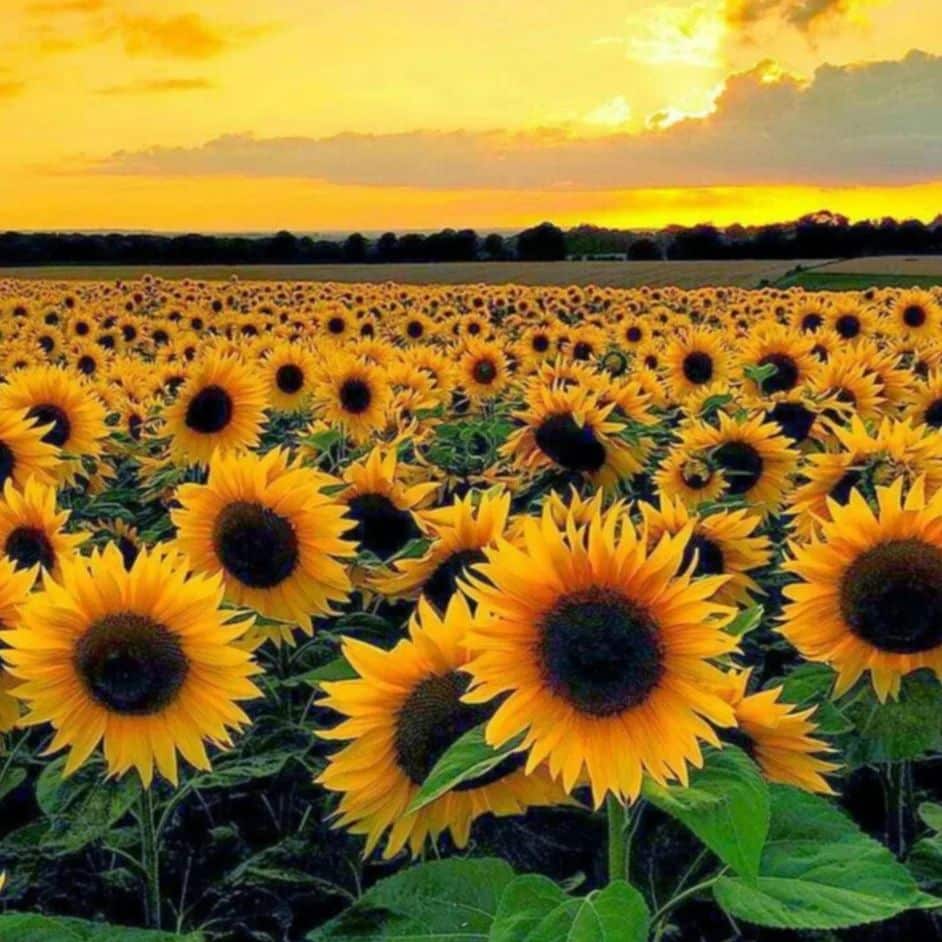
What Are Angiosperms?
Before exploring the Angiosperm life cycle, it’s essential to learn more about those plants. Angiosperms are a diverse group of flowering plants that make up about 90% of all plant species on Earth.
Wondering what “Angiosperms” mean? Well, first of all, let’s break down the word. “Angio” means “container” or “vessel,” and “sperm” means “seed.” Put them together, and you get “vessel seed.” In other words, plants that have seeds enclosed in some kind of container.
This container is actually what sets angiosperms apart from other kinds of plants, like gymnosperms (which have “naked” seeds). In angiosperms, the container is a fruit, something we’re all pretty familiar with, whether we’re talking about apples, oranges, or bananas. But it’s not just edible fruits that count as angiosperms — think about nuts, beans, and grains too. All of these things come from plants that are part of the angiosperm group.
Angiosperms are incredibly diverse in terms of their shapes, sizes, and adaptations. From towering oak trees to tiny forget-me-nots, from orchids that mimic female insects to attract male pollinators to Venus flytraps that snap shut on unsuspecting insects, there are so many different strategies that angiosperms have evolved to survive and thrive in their environments.
And of course, angiosperms are incredibly important to us humans too. We rely on them for food, whether it’s fruits, vegetables, grains, or nuts. Instead, we use them for medicine. Think about aspirin, which comes from the bark of the willow tree, or the cancer-fighting compounds found in the Madagascar periwinkle.
Another defining characteristic of angiosperms is their ability to adapt to and thrive in a wide range of environments. They are found in almost every terrestrial habitat, from deserts to rainforests, and have even evolved to live in aquatic environments.
One of the most fascinating things about angiosperms is the incredible variety of flowers they produce. From simple, small flowers to large, showy blooms, these plants have evolved to attract pollinators such as bees, butterflies, and hummingbirds. The shapes, colors, and scents of these flowers are often specific to the pollinators they are trying to attract, making for a diverse and beautiful display of nature’s ingenuity.
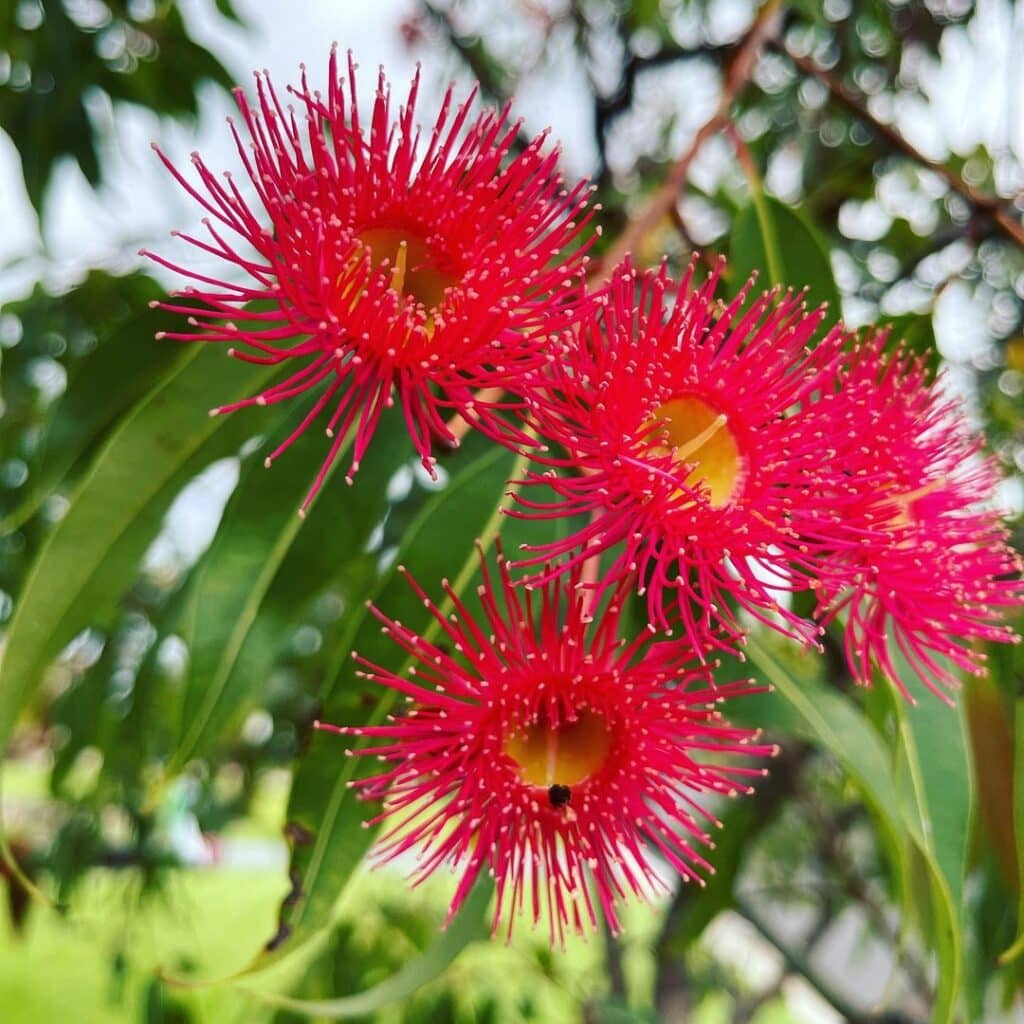
Ecological Importance of Angiosperms
In addition to their aesthetic appeal, angiosperms are also incredibly important for our planet’s ecology. They play a vital role in the food chain, providing nourishment for animals and humans alike. Many of our staple foods, such as wheat, rice, and corn, are all angiosperms.
Fruits and vegetables, which are essential for a healthy diet, are also produced by these plants.
But angiosperms aren’t just important for their role in our food supply. They also play a critical role in our environment’s health by contributing to carbon sequestration, soil stabilization, and water regulation. Without angiosperms, our planet would be a very different place.
Overview of Angiosperm Life Cycle
The angiosperm life cycle is an incredible process that involves various stages, starting from pollination to seed dispersal. The cycle ensures the successful reproduction of flowering plants, which make up the vast majority of plant species on our planet.
Pollination
The first phase of the angiosperm life cycle is pollination. This is the process by which pollen from the male reproductive organs of a flower is transferred to the female reproductive organs. Pollination can occur either through self-pollination, where the pollen from the same flower is used, or cross-pollination, where the pollen is transferred from one flower to another. This can happen through a variety of means, including wind, water, and, most commonly, by animal pollinators such as bees, butterflies, and birds.
Once the pollen has been transferred to the female reproductive organs, fertilization occurs. This is when the male gamete fuses with the female gamete to form a zygote, which will eventually develop into a seed. The fertilized ovule then develops into a seed, which contains an embryo and a store of nutrients to support its growth. This is where the second phase of the angiosperm life cycle begins.
Seed Germination
The seed germinates and develops into a young plant. This process is called embryogenesis, and it involves the growth and development of the embryo inside the seed. Once the embryo has developed into a young plant, it will start to grow and develop in a process called seedling establishment. During this phase, the seedling will start to produce its own leaves and roots, and begin to take in water and nutrients from the soil.
Vegetative Growth
The third phase of the angiosperm life cycle is vegetative growth. During this phase, the plant grows and develops further, producing leaves, stems, and branches. This growth is driven by cell division and elongation, which allows the plant to increase in size and complexity. During this phase, the plant will also start to produce flowers, marking the beginning of the next phase of the angiosperm life cycle.
Flowering
During the flowering phase, the plant produces flowers, which are the reproductive structures of the plant. The flowers contain both male and female reproductive organs and are designed to attract pollinators to transfer pollen from one plant to another. The flowers may be brightly colored or have distinctive patterns, and they may produce fragrances or nectar to attract pollinators.
Fruit Development
Once the flower has been pollinated, the fifth phase of the angiosperm life cycle begins. This is the development of the fruit. The fruit is a structure that contains seeds, and it develops from the ovary of the flower. The fruit protects the seeds and provides a means of dispersal, allowing the plant to spread its offspring to new locations. The fruit can take many forms, including fleshy fruits like apples and oranges and dry fruits like nuts and grains.
Seed Dispersal
This is the process by which the seeds are spread away from the parent plant, allowing them to germinate and grow in new locations. Seed dispersal can occur through a variety of means, including wind, water, and animal dispersal. Some plants have evolved specialized structures, such as hooks or barbs, to attach to animal fur or clothing, allowing them to travel greater distances.
Reproduction of Angiosperms
The angiosperm life cycle can be divided into two main stages: the sporophytic phase and the gametophytic phase. The sporophytic phase is when the plant produces spores, which are tiny reproductive cells. These spores then divide and develop into a multicellular organism called a sporophyte, which is the mature plant that we see.
The gametophytic phase is when the plant produces gametes, which are the male and female reproductive cells. The gametes are produced in specialized organs called gametangia, with the male gametangia being called the anther and the female gametangia being called the ovary. The male gamete is called pollen, while the female gamete is called the egg cell.
The male gametophyte develops from a spore within the anther, and the female gametophyte develops within the ovary. When the flower is mature, the anther releases the pollen, which lands on the stigma, which is the sticky tip of the female reproductive organ called the pistil. This process is called pollination.
Once the pollen lands on the stigma, it starts to grow a tube-like structure called the pollen tube. The pollen tube grows down through the style and into the ovary, where it reaches the egg cell. The male gamete then travels down the pollen tube and fertilizes the egg cell, forming a zygote. This process is called fertilization, as already mentioned above.
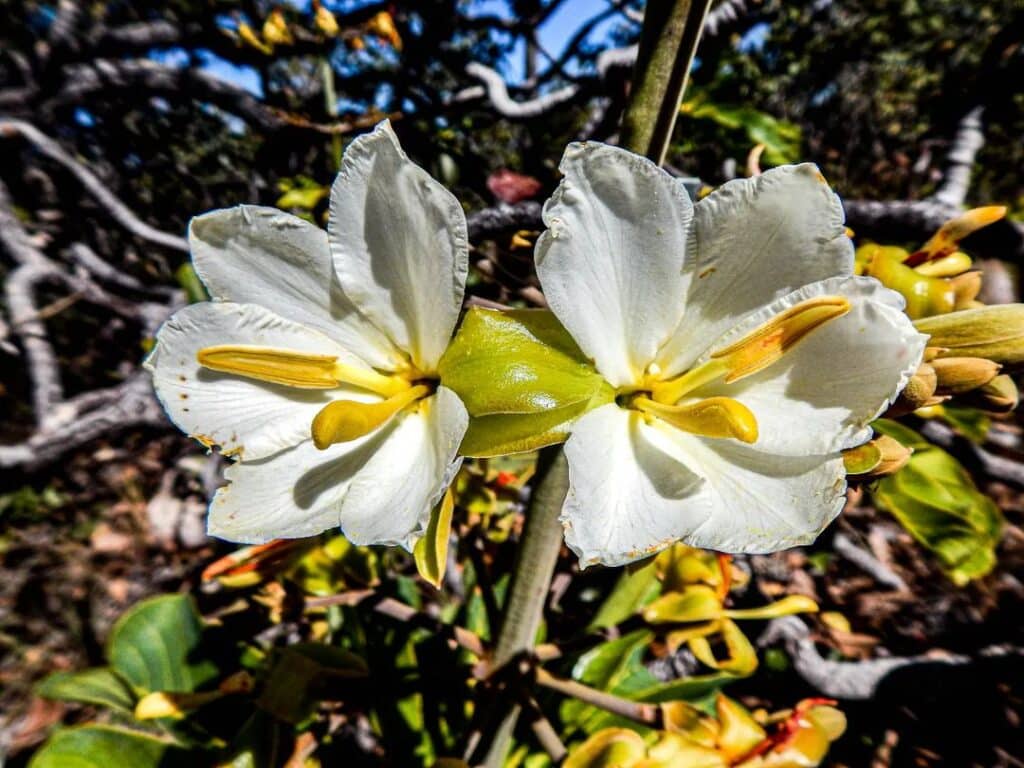
Interesting Facts About Angiosperm Life Cycle
- Some species of Angiosperms have flowers that can change their sex over time. For instance, the flowers of the hermaphroditic shrub called the Indian rhododendron start as male, then switch to female as they mature.
- Certain species of flowers, such as the skunk cabbage and the dead horse arum, can produce heat that helps attract pollinators. These plants are able to raise their temperature by burning stored carbohydrates, which creates a scent that is irresistible to pollinators. This definitely affects the Angiosperm life cycle positively.
- While wind and water can disperse some seeds, some fruits are adapted to be dispersed only by animals. For example, the seeds of the coffee plant are enclosed in a fruit that is attractive to birds, which eat the fruit and then disperse the seeds in their droppings.
- Some Angiosperm seeds have the ability to remain dormant for many years until the right conditions arise for germination. For example, the seeds of the century plant can remain dormant for up to 100 years before sprouting.
Bottom Line
The angiosperm life cycle is a fascinating and complex process that has evolved over millions of years to ensure the survival and reproduction of these remarkable plants. We can’t deny that every step in the angiosperm life cycle has been finely tuned to maximize the chances of successful reproduction and propagation of the species.

Nato is a content writer and researcher with a background in psychology who’s eager to explore the wonders of nature. As a travel enthusiast and animal lover, she hopes to inspire others to discover and cherish the beauty and importance of the natural world.

